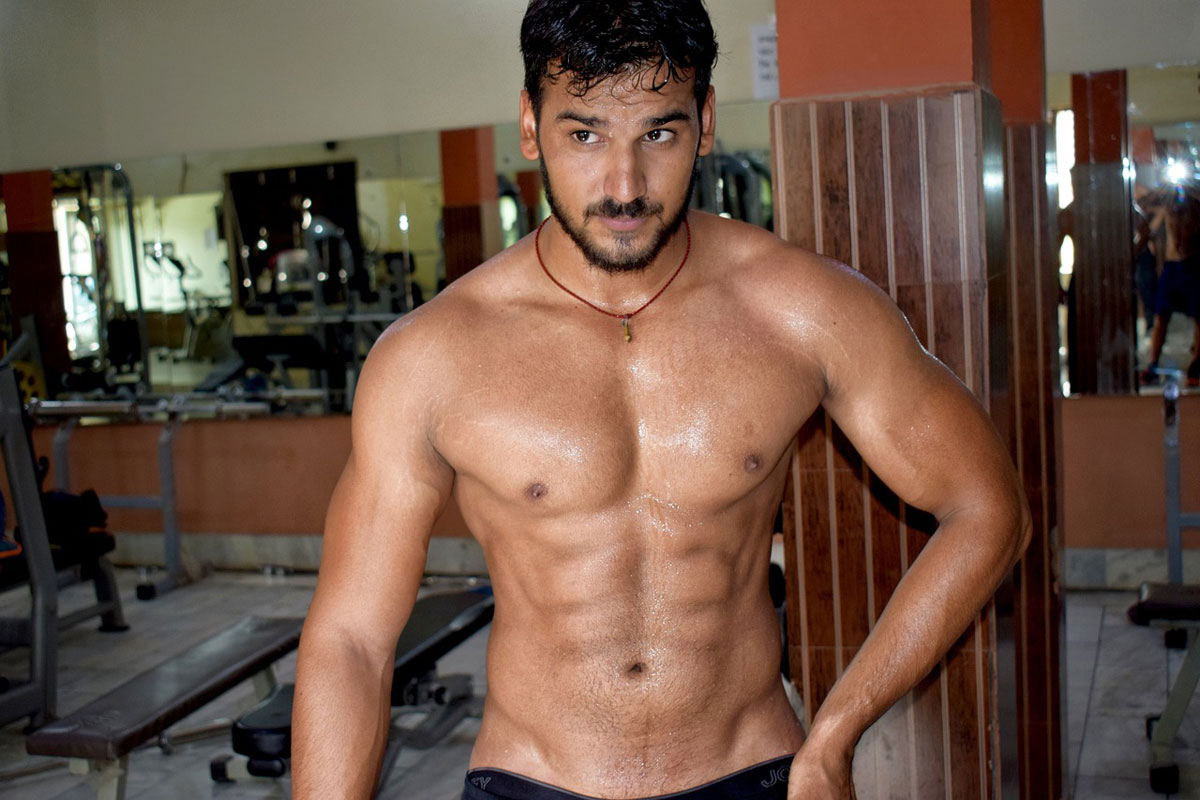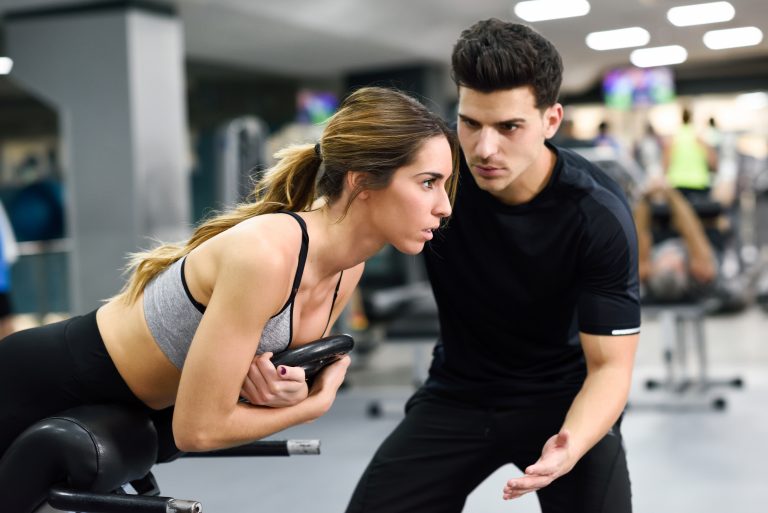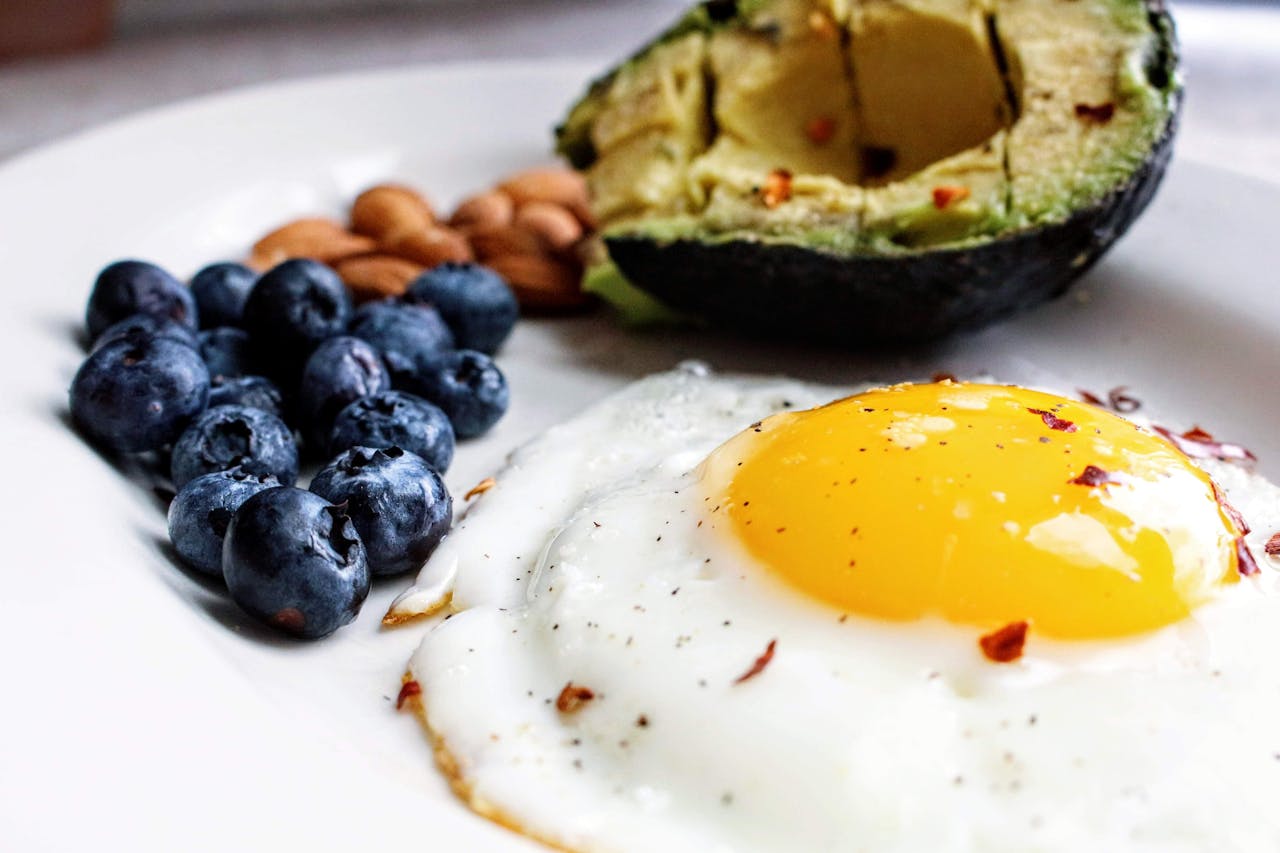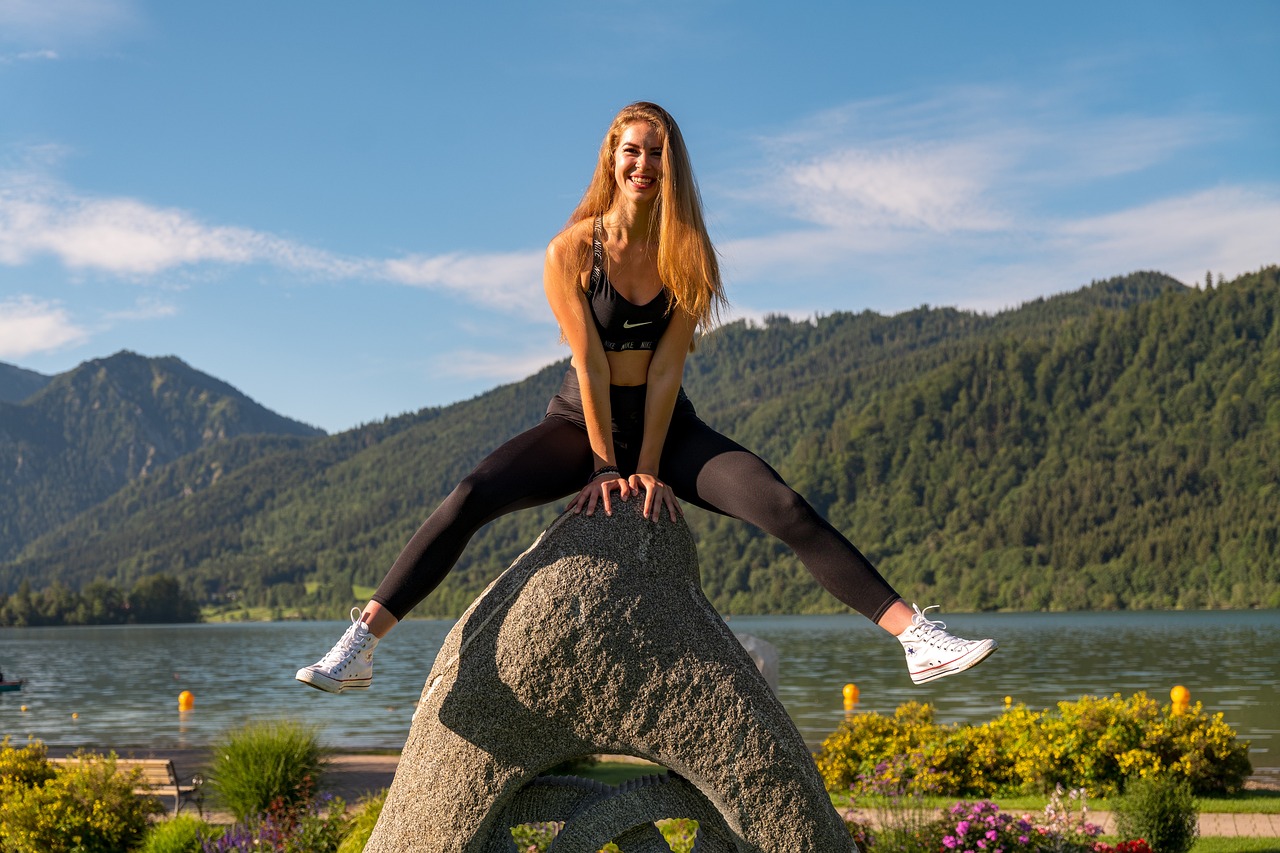Welcome to the Great Muscle Debate
Ah, the gym. That magical land where Lycra meets ambition and sweat becomes a badge of honor. Yet, behind the clanking dumbbells and rhythmic treadmill beats, a quiet debate rages on: should you train your muscles in splendid isolation like a brooding actor preparing for a solo performance, or in functional chains like an elite athlete rehearsing for an action scene involving all the supporting cast?
It's a question that splits the fitness world faster than a dry protein bar splits your molars. So let’s explore which training approach fits which type of fitness enthusiast—without fluff, without outdated myths, and with just the right amount of endorphin-friendly humor.
The Science Has Muscles Too
Let’s get the muscle facts straight before we flex our opinions. Functional training targets multiple muscles and joints simultaneously, simulating real-life movements like squatting, twisting, pulling, or pushing. Think of it as teaching your body to be a well-rehearsed ensemble, where every muscle knows its cue.
Isolated training, on the other hand, focuses on one muscle group at a time—your classic bicep curl or leg extension. Each method has its scientific fan club, with recent studies offering more clarity than ever.
According to a 2023 meta-analysis published in the Journal of Strength and Conditioning Research, functional training not only enhances neuromuscular coordination but also leads to improved balance, agility, and overall athletic performance in both trained and untrained individuals. Meanwhile, isolated training remains highly effective for hypertrophy—aka muscle growth—especially when it comes to addressing muscular imbalances or rehabilitation after injuries.
Who Are You in the Gym Mirror?
This is not just about science; it’s about personality, lifestyle, and goals. Are you the type who loves structure, or do you crave chaos (the good kind)? If you're the meticulous planner who color-codes their workout split and takes selfies in good lighting, isolated training might just scratch that Type-A itch. It allows precise control over muscle development, which is perfect if you're preparing for a bodybuilding competition or simply want your biceps to have their own ZIP code.
On the flip side, if your idea of fitness is being able to chase your dog uphill while carrying groceries and explaining to your kid why broccoli is not a punishment, functional training is your jam. It supports movement quality, improves joint stability, and prepares your body for those awkward daily tasks that never seem to make it into traditional exercise routines—like lifting a laundry basket while sneezing.
Training Goals: The True Compass
Let’s cut through the protein shake fog. If your goal is maximum muscle hypertrophy, particularly in aesthetically focused training, isolated exercises will let you laser-focus on lagging muscle groups. This is ideal for bodybuilders, physique athletes, and those seeking symmetry.
A 2024 clinical review in the European Journal of Sports Science confirmed that isolated muscle training triggers more significant localized hypertrophy in intermediate and advanced lifters compared to compound-dominant protocols.
But if your focus lies in enhancing mobility, functional strength, or injury prevention, functional training holds the upper hand. Athletes in disciplines like martial arts, skiing, or trail running benefit from training movements, not just muscles.
And in 2023, sports scientists from the University of Copenhagen demonstrated that functional workouts significantly reduce injury risk in amateur athletes when compared to machine-based isolated routines.
The Hybrid Athlete: Have Your Protein Cake and Eat It
Now here’s the twist: most people aren’t strictly one type of athlete or another. You can be a desk-bound office worker who likes deadlifting after Zoom calls. Or a yoga enthusiast who sneaks in cable curls before dinner. In reality, the most effective programs often blend both approaches. Functional training lays the movement foundation, while isolated work refines and strengthens specific muscle groups. This combo not only prevents overuse injuries but also keeps training exciting and sustainable.
Modern personal trainers often recommend a 70/30 or 60/40 balance in favor of functional training, adjusting the ratio based on client goals, mobility, and even stress levels. A 2024 randomized trial from the American College of Sports Medicine concluded that combining both training types improves motivation and long-term adherence significantly more than single-method programs.
Practical Example: From Couch to Captain Functional
Let’s imagine Ben. Ben is 42, works in IT, and his last squat involved picking up a pizza from the floor. His goal? Feel stronger, have fewer backaches, and maybe survive a weekend hike with his partner. For Ben, starting with functional training helps reprogram fundamental movement patterns and build joint integrity. Over time, adding isolated exercises like hamstring curls or rotator cuff work can strengthen weak links and round out the plan.
Then there’s Lara. She’s 29, loves lifting, and is training for her first bikini competition. Lara thrives on structure and aesthetics. Her program will still include compound lifts for hormonal and systemic benefits but will lean heavily on isolation work to sculpt symmetry—because under stage lights, no one asks if you can balance on one leg while holding groceries.
The Takeaway: Don't Choose, Customize
The best training method is not about loyalty to one camp but about choosing what aligns with your body, your goals, and your motivation. You wouldn’t wear ski boots to a salsa class, right? (Unless that’s your thing, in which case, more power to you.) Use functional training to become a better mover and handle real-world challenges.
Use isolated training to refine, define, and strengthen individual muscles that may lag behind. Think of it like tuning an orchestra—sometimes the whole symphony needs work, sometimes it’s just the violinist who keeps hitting a weird note.
In the end, fitness is less about dogma and more about adaptability. Mix the methods. Laugh through the process. And never trust anyone who says they “don’t sweat”—they’re either lying or broken. Now go forth, lift things, and function fabulously.













